Museums in Japan tell the story of its history, art, and progress. Some focus on samurai and ancient traditions, while others highlight modern design and technology. These spaces hold everything from centuries-old pottery to contemporary installations, giving visitors a deeper understanding of how Japan has changed. Some museums reflect on wartime history, while others celebrate craftsmanship or pop culture. Each place offers a different perspective, making them important stops for those curious about Japan’s past and present. This guide explores the best Japanese museums to make your next trip more engaging and insightful.
Top 10 Museums In Japan
Listed below are the best museums in Japan offering art, history, technology, and culture in world-class exhibitions across the country.
1. Tokyo National Museum

Photo: 東京国立博物館 / Wikimedia Commons
The Tokyo National Museum, Japan’s oldest and largest museum, contains many historical objects and artworks. Its six buildings cover various aspects of Japanese and Asian culture, ranging from samurai armour to Buddhist sculptures, ancient pottery, and calligraphy. The museum periodically organises special exhibitions that bring out specific historical eras or themes. Travellers can discover centuries of history and craftsmanship in one of the best Japanese Museums.
Location: Ueno Park, Tokyo
Established: 1872
Timings: 9:30 AM – 5 PM (Closed on Mondays)
2. Kyoto National Museum
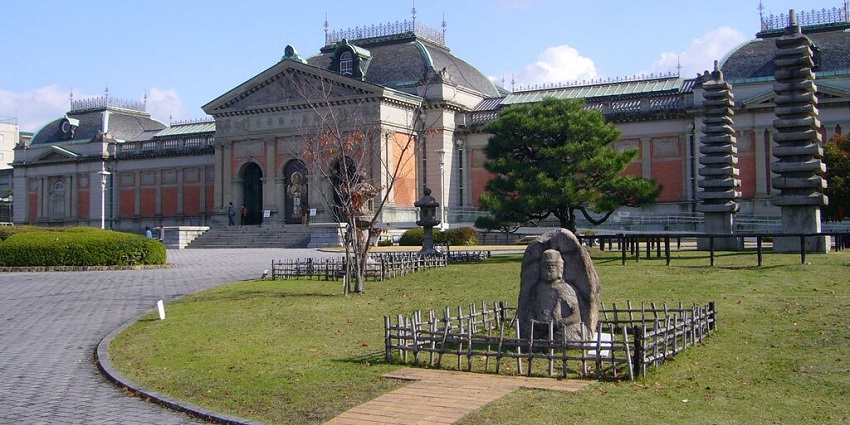
Photo: ja:利用者:663highland / Wikimedia Commons
The Kyoto National Museum is a traditional Japanese art treasure trove featuring paintings, textiles, ceramics, and religious artefacts. The museum’s main hall, designed by architect Tokuma Katayama, blends Western and Japanese influences, reflecting Kyoto’s role as an ancient cultural centre. Temporary exhibitions showcase rare items from temples and shrines inaccessible to the public. The museum’s outdoor area includes statues and historic structures, adding to the historical atmosphere. It is an essential stop for those interested in Japan’s artistic heritage.
Location: Higashiyama Ward, Kyoto
Established: 1897
Timings: 9:30 AM – 5 PM (Closed on Mondays)
3. Hiroshima Peace Memorial Museum
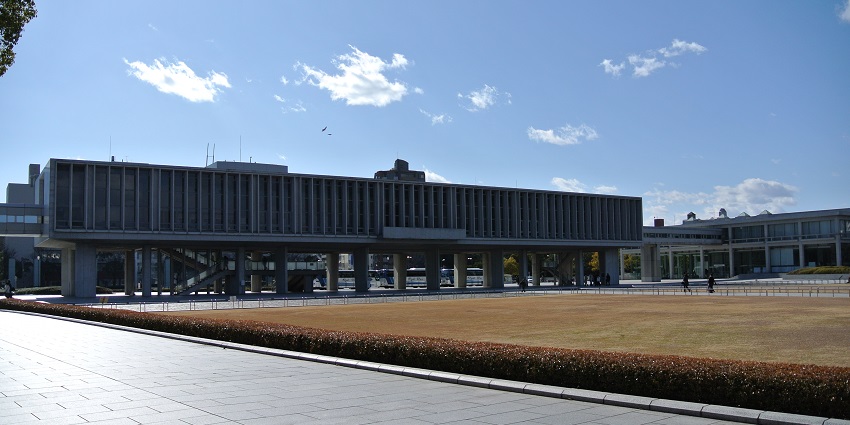
Photo: 菅野崇 / Wikimedia Commons / Image For Representation Only
This museum documents the events surrounding the atomic bombing of Hiroshima in 1945. Exhibits include personal belongings of victims, photographs, and testimonies that convey the impact of nuclear warfare. The museum does not focus solely on destruction but also the city’s reconstruction and advocacy for peace. The adjacent Peace Memorial Park features monuments dedicated to those affected. The museum serves as a sobering reminder of history while encouraging dialogue on the importance of global disarmament.
Location: Naka Ward, Hiroshima
Established: 1955
Timings: 8:30 AM – 6 PM
4. National Museum Of Modern Art, Tokyo (MOMAT)

Photo: Kakidai / Wikimedia Commons
MOMAT focuses on Japanese modern art from the 20th century to today, offering an in-depth look at the country’s artistic evolution. Its collection includes paintings, sculptures, and photography, showcasing established and emerging artists. A highlight is the museum’s collection of Nihonga (modern Japanese-style paintings), which blend traditional techniques with contemporary themes. The museum also features a public art library and a rooftop area with a view of the Imperial Palace, making it a rewarding visit for art enthusiasts.
Location: Chiyoda, Tokyo
Established: 1952
Timings: 10 AM – 5 PM (Closed on Mondays)
5. Osaka Museum Of History
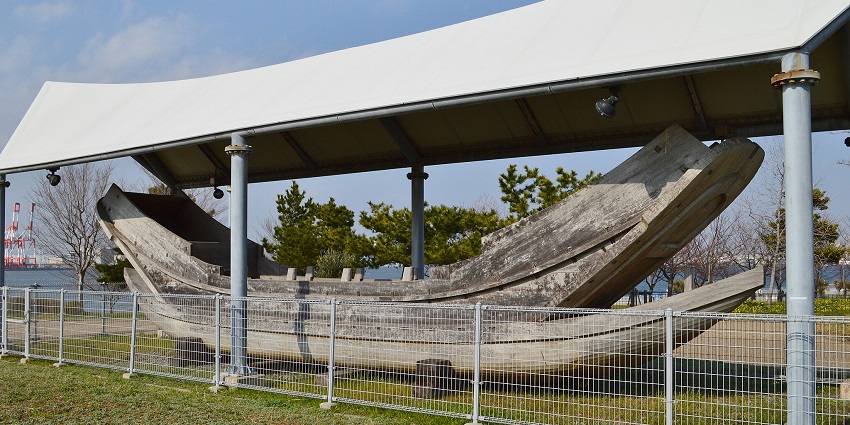
Photo: Saigen Jiro / Wikimedia Commons
The Osaka Museum presents Osaka’s history using interactive displays and pinpoint reconstructions of previous epochs. Exhibitions range from the city’s beginnings in ancient times as a trading centre to its contemporary advances. With interactive displays, the museum gives a full view of the city’s contribution to Japan’s history, making it one of the great Japanese Museums.
Location: Chuo Ward, Osaka
Established: 2001
Timings: 9:30 AM – 5 PM (Closed on Tuesdays)
6. Nagasaki Atomic Bomb Museum
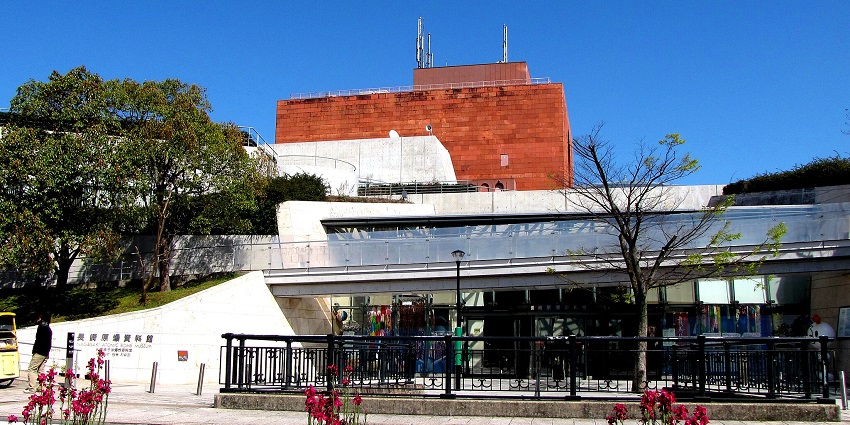
Photo: Yoshio Kohara / Wikimedia Commons
This museum focuses on the 1945 atomic bombing of Nagasaki, presenting artefacts, photographs, and survivor testimonies. It explores the city’s history before and after the bombing, highlighting efforts toward rebuilding and peace advocacy. Located near the Nagasaki Peace Park, the museum encourages visitors to reflect on the consequences of war and the importance of reconciliation.
Location: Nagasaki
Established: 1996
Timings: 8:30 AM – 5:30 PM
7. National Art Centre, Tokyo
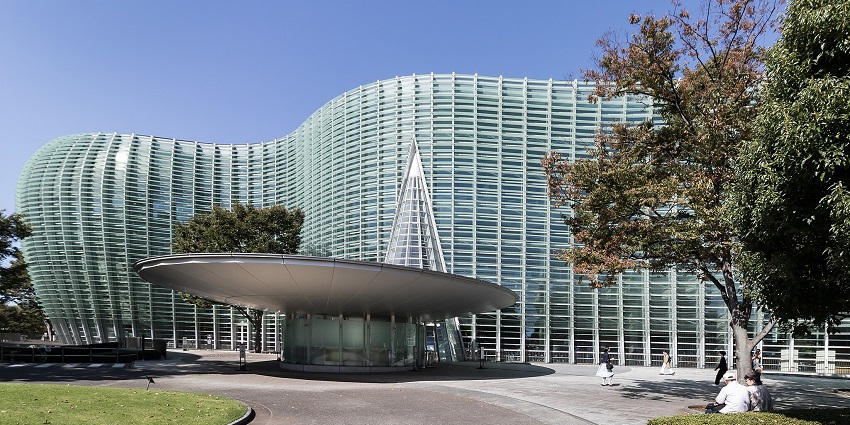
Photo: Kakidai / Wikimedia Commons
Unlike traditional museums, the National Art Centre has no permanent collection. Instead, it hosts rotating exhibitions from various artistic genres, providing an ever-changing experience. The centre’s modern architecture, designed by Kisho Kurokawa, is a notable attraction. Visitors can explore diverse exhibitions ranging from contemporary paintings to multimedia installations, ensuring there is always something new to discover.
Location: Roppongi, Tokyo
Established: 2007
Timings: 10 AM – 6 PM (Closed on Tuesdays)
8. Okinawa Prefectural Museum & Art Museum
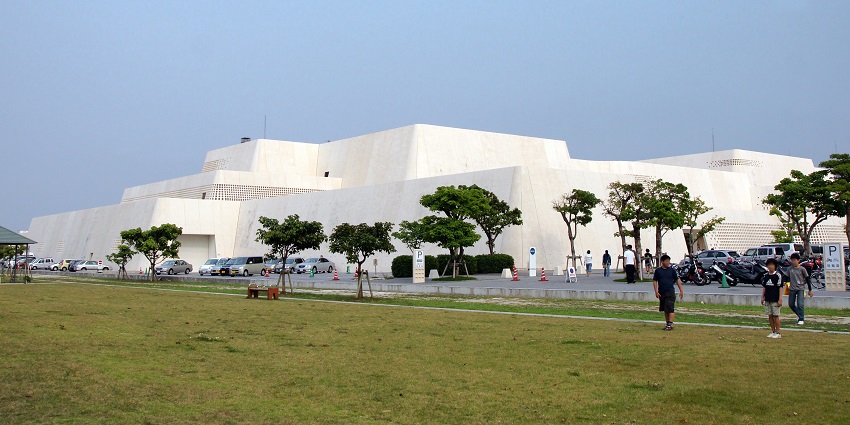
Photo: 663highland / Wikimedia Commons
This museum offers insights into Okinawa’s cultural heritage, natural history, and contemporary art. Exhibits explore the island’s unique traditions, including Ryukyu textiles, pottery, and historical artefacts. The natural history section covers Okinawa’s biodiversity, while the art museum features works from local and international artists. The building’s design is inspired by traditional Okinawan fortresses, adding a historical element to the visit. The museum’s diverse exhibits help visitors understand Okinawa’s distinct identity within Japan’s broader cultural landscape.
Location: Naha, Okinawa
Established: 2007
Timings: 9 AM – 6 PM (Closed Mondays)
9. Edo-Tokyo Museum
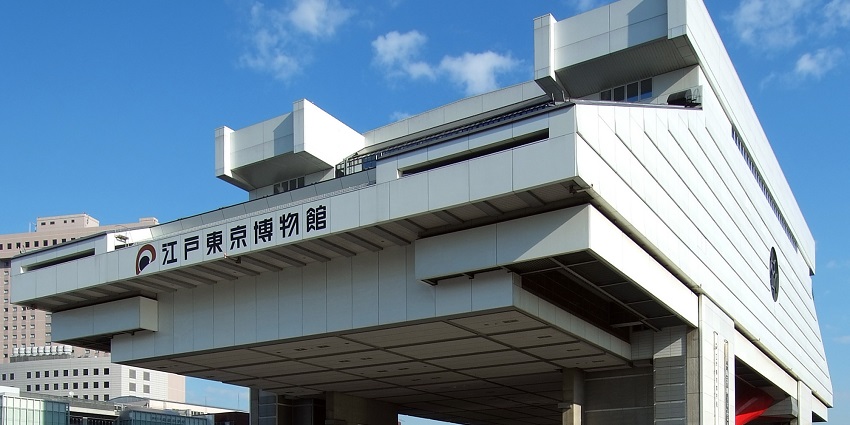
Photo: Wiiii / Wikimedia Commons
The Edo-Tokyo Museum, one of the top Japanese Museums, provides a comprehensive look at Tokyo’s transformation from the Edo period to the present. Life-sized models of historical streets, detailed dioramas, and interactive exhibits bring the city’s past to life. Visitors can explore samurai residences, merchant shops, and early train models. The museum’s approach makes history tangible, making it an engaging experience for visitors of all ages.
Location: Sumida, Tokyo
Established: 1993
Timings: 9:30 AM – 7:30 PM (Closed on Mondays)
10. Samurai Museum
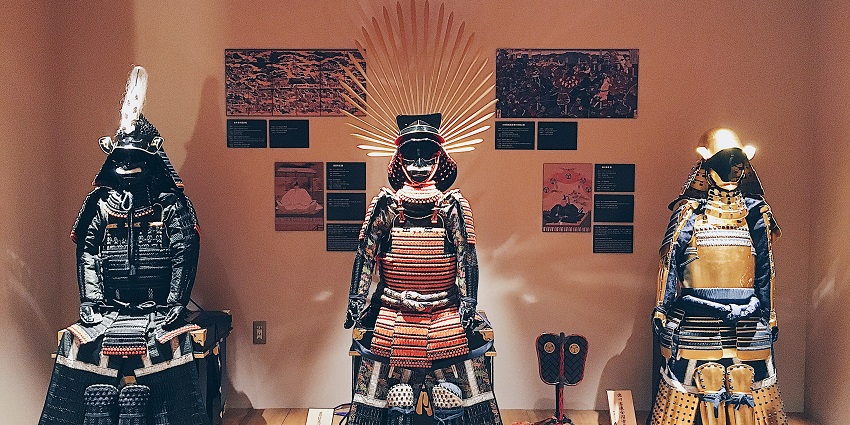
Photo: Monica Wong / Wikimedia Commons
The Samurai Museum in Shinjuku offers an immersive look into Japan’s warrior culture. Exhibits display authentic samurai armour, swords, and battle gear. Live demonstrations, including sword fighting performances, add to the experience. Visitors can try on replica armour, and handle practise swords under expert guidance. The museum provides a hands-on approach to understanding the samurai’s role in Japanese history.
Location: Shinjuku, Tokyo
Established: 2015
Timings: 10:30 AM – 9 PM
Museums in Japan provide a closer look at the country’s history and creativity. Some highlight traditional crafts, others explore contemporary ideas, and many preserve moments that shaped the nation. Visiting these museums isn’t just about learning facts—it’s about seeing how Japan’s culture has grown and adapted. Plan a trip with TripXL and connect with the country through its artefacts and exhibits.
Cover Photo: Wiiii / Wikimedia Commons


 WhatsApp
WhatsApp
 Twitter
Twitter









